In the basement of the Science Museum is a gallery that’s all too easy to miss, and yet is full of domestic wonders.
It’s one that many children will see, for down here also is their space for school visits, but we adults might have not noticed this space, devoted to the Secret Life of the Home.
Who would have thought that toasters, irons, kettles, televisions and washing machines could be so fascinating to look at. Yet, these domestic appliances are at once familiar — for a radio is, after all, a radio, and a washing machine has only ever had one function — and yet they are a strange world of unfamiliarity.
The world of the familiar we see around us every day twisted slightly out of shape, we’ve been steampunked into a new land that is unsettling and beguiling all at once.
The smooth shiny steel gadgets in our home shown to have once had a rougher more industrial feel to them, in many cases the smaller the device the more skeletal its iron forbears were. Food mixers that would horrify a hygiene expert. Irons that worked without electricity. Kettles that whistled when the water was hot, and refused to stop until you rushed to their side. Vacuum cleaners with belts and bags. The worlds first automatic door. The latest in steam washing for the domestic goddess.
An era when the colour cream dominated domestic goods. White was yet to come to the realm of the white goods, as most domestic appliances are called today.
Yet at the other end, in the realm of brown goods, the toys of our entertainment bloated and massive have shrunk in the digital wash to be the pocket-sized gadgets of today. Away with cabinet-sized televisions and mechanical whirring, and occasionally chewing, videotape machines. Begone the leather-clad radios and the plastic wood effect record players in favour of plain white slabs that fit in the palm of your hand.
The beginnings of the transformation are here, the early video games consoles and computers with barely enough processing power to switch on a modern daylight bulb but at the time, oh, did they excite with their unimaginable thinking power.
This is a gallery of the familiar yet strange. An undiscovered country of the past, for many who have never seen the marvellous modern machines that their grandparents would have thought were the height of sophistication.
The gallery of the Secret Life of the Home can be found in the basement – don’t use the stairs by the main entrance, you want the stairs to be found between the Space and Modern World galleries on the ground floor.


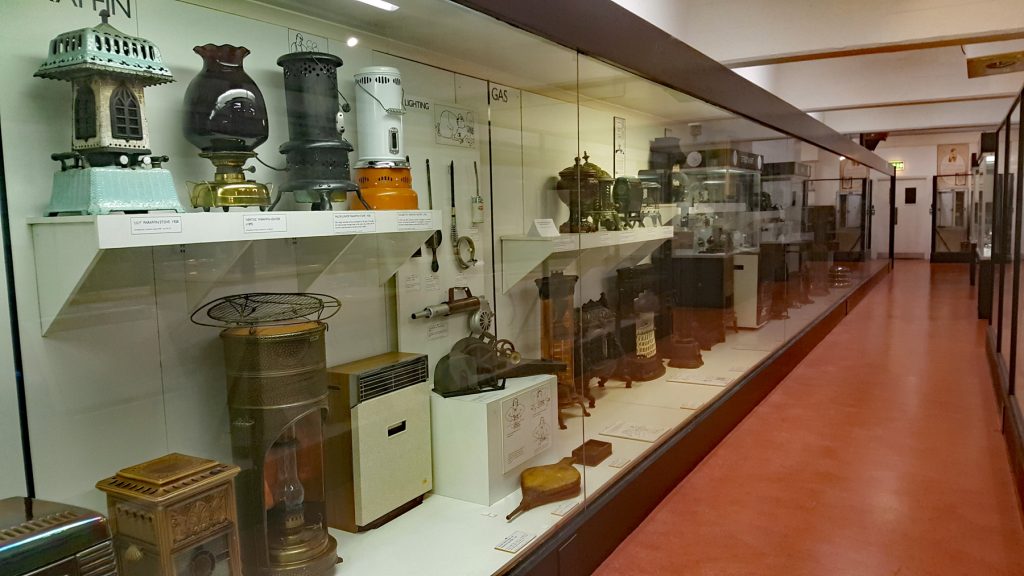


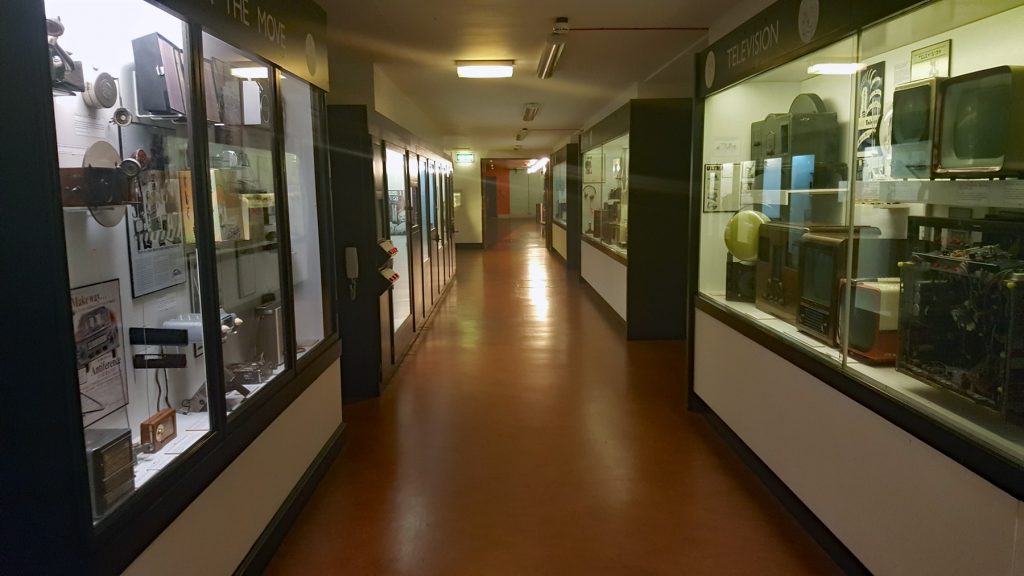
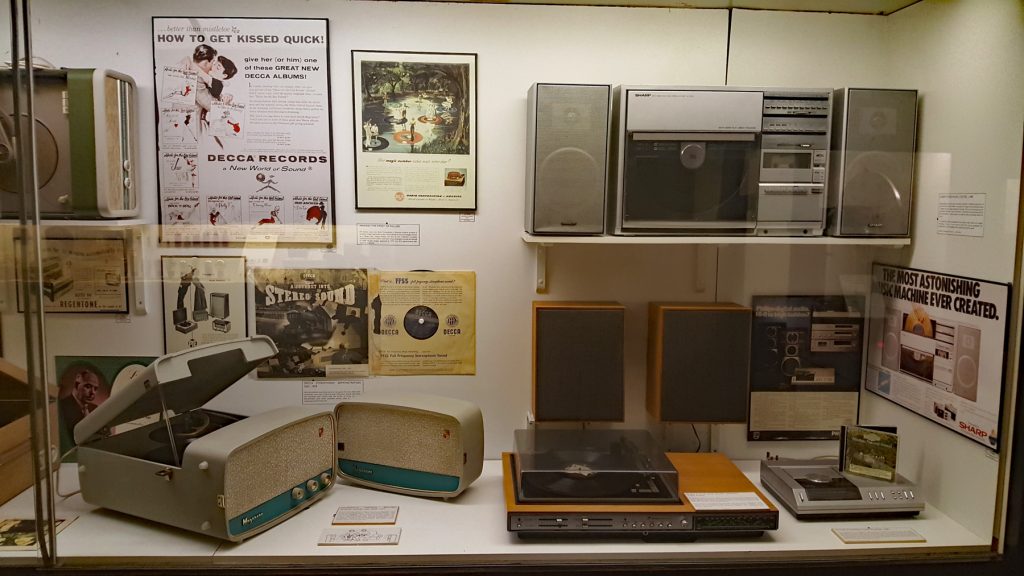



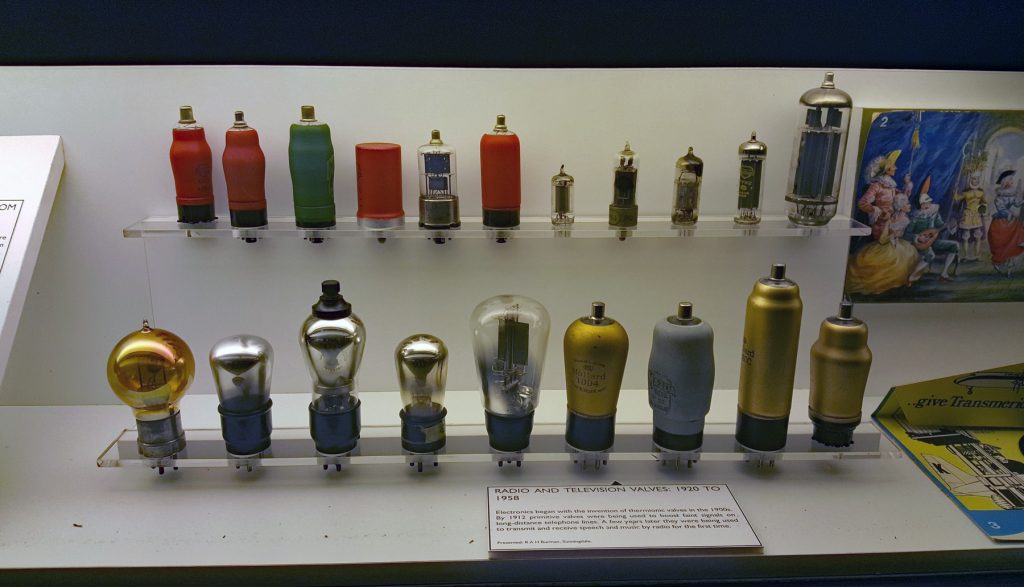
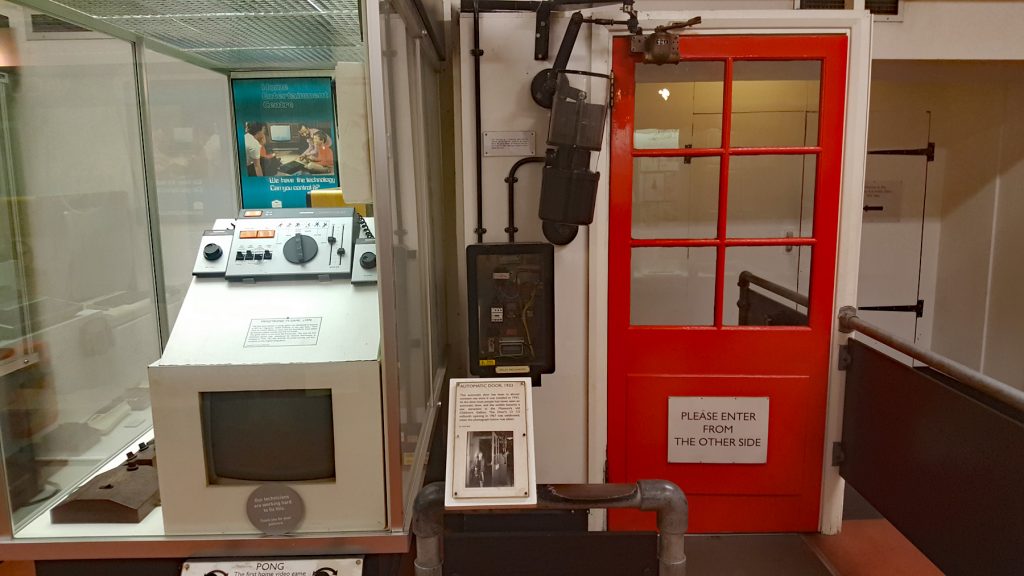
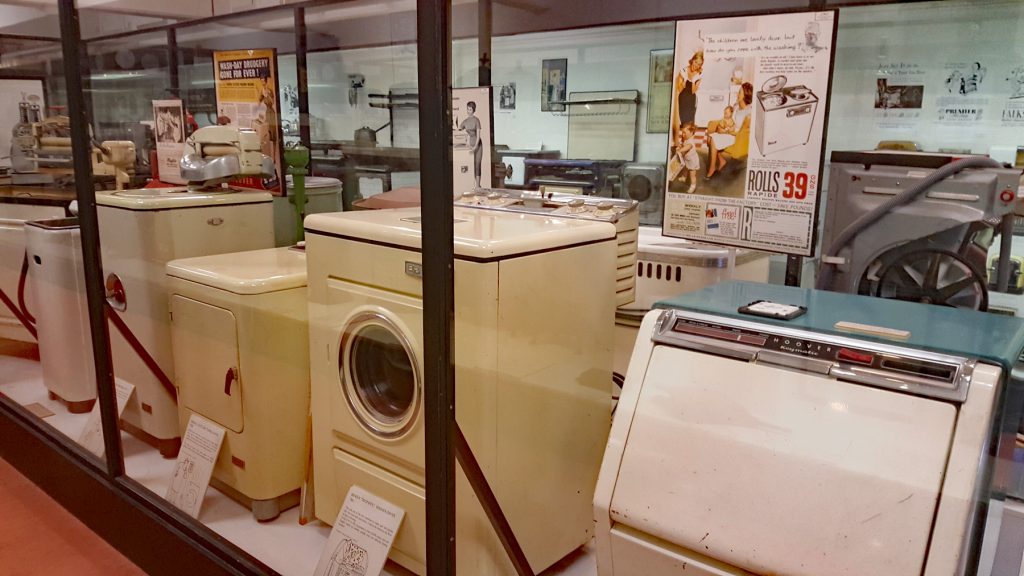






It’s a wonderful gallery, I’m glad it’s still there (although it’s been changed a little over the years).
Here’s a wonderful essay by Tim Hunkin on how the gallery was put together: http://www.timhunkin.com/92_museum_design_initiation.htm
I was actually there with Tim Hunkin when it was opened by Mr Ken Wood. I managed to video it and once the tape had been cut, my two young children rushed in much to everyone’s laughter.
Your picture 06.jpg has on the bottom right a Philips CD-100 player. This was the first (give or take a few days) CD player available to the public in 1982.
So not all washing machines and irons!
I sold my CD-100 to a dutch collector a few years ago. Still in perfect working order.
As we all get older we see more and more of our own memories in galleries like this.
Definitely one of my favourite galleries in the museum, with lots of actual things to see and fun hands on demonstrations.
It’s such a shame that a lot of the hands-on stuff is breaking and that it’s not getting updated well.
My mum,in her seventies, mentioned her memory of a school trip to the museum and seeing an automatic door. She was amazed when I told her it is still on display and working.
When I was a little girl – and that was a fair few years ago now – the children’s gallery was in the basement, just next door to that gallery! We saw it quite often. The self-opening door was in the children’s gallery, and was one of the main attractions as far as I was concerned – I’m so glad it’s still there!
Glad someone mentions Tim Hunkin – many of us remember his similarly-themed TV series looking at the fax machine, etc. My own love/hate relationship with the SciM goes back decades – I dislike its ‘future’ plans and mourn the loss of old galleries. Yes, I too recall the ‘original’ children’s basement, complete with that famous door AND the submarine periscope!
I need help I have fun a old 1950 washing machine under my stairs I need it fine can one help me my email address is silvercross2005@msn.com
When you have reached “a certain age,” it can be a little unnerving when you come upon exhibits you once happily used in your home (or serviced, if you were an engineer.)
If you spend any time in West Sussex, I have a feeling that you would really like Amberley museum.